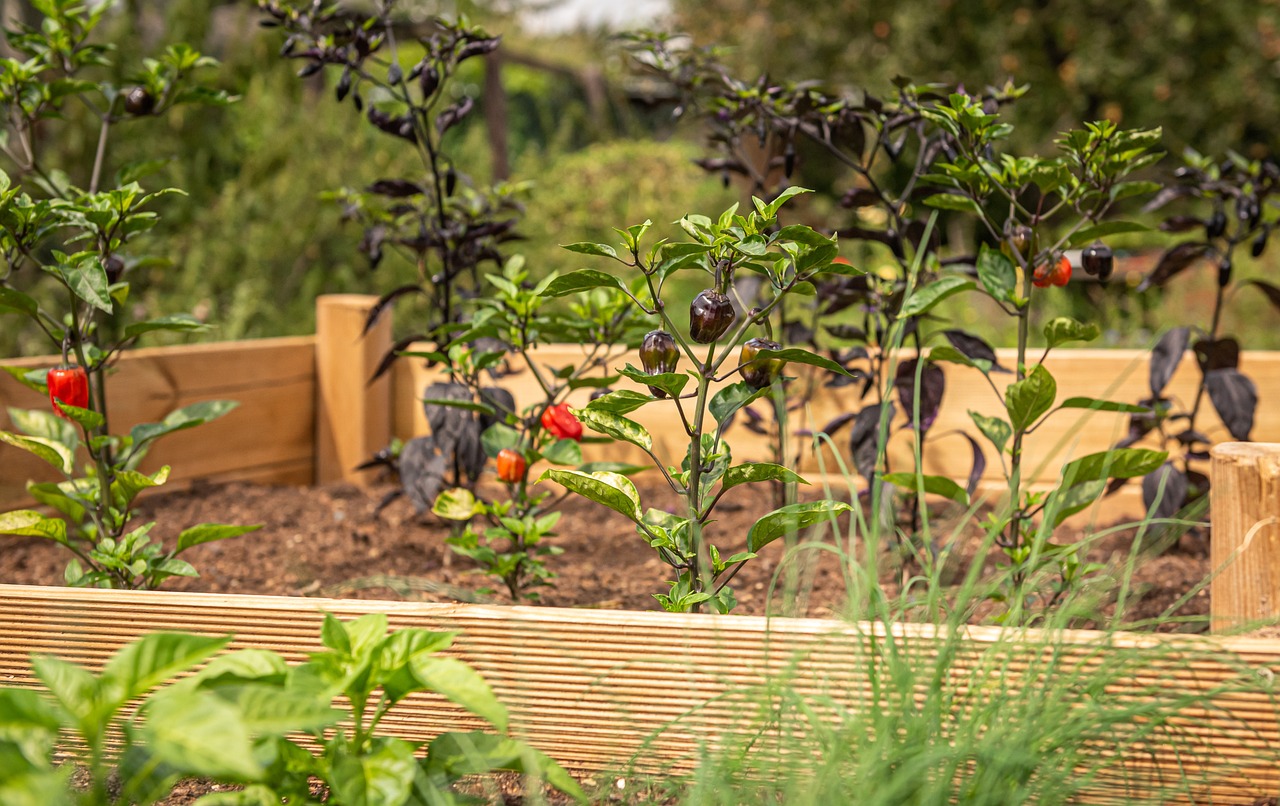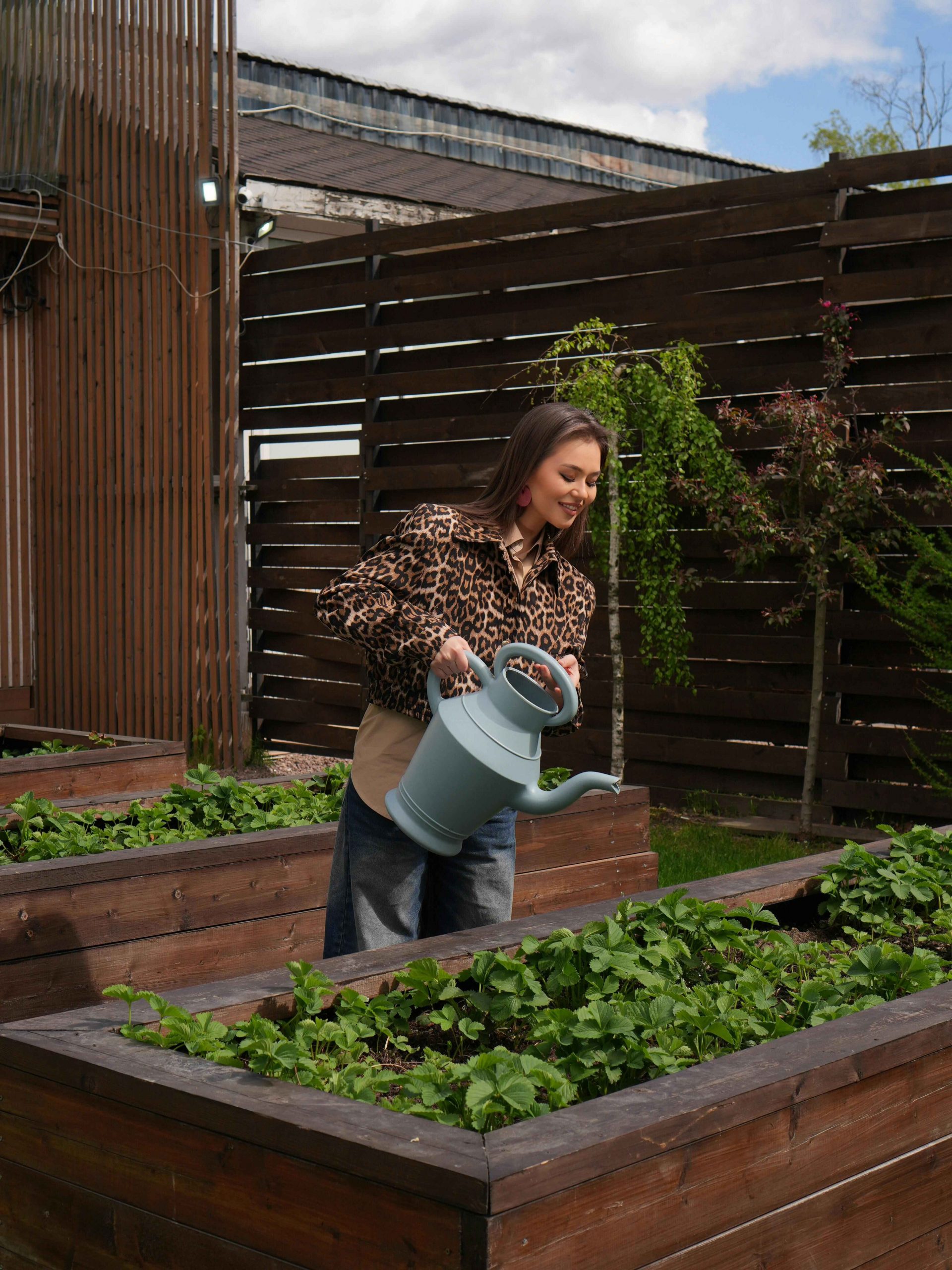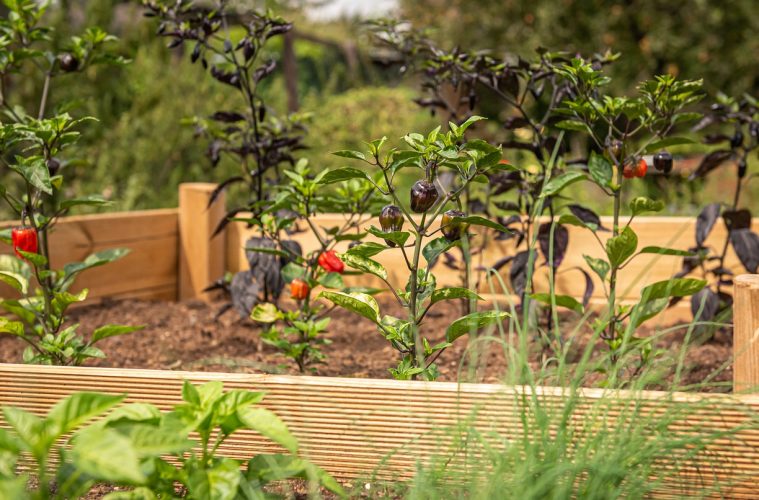Crop rotation can be very confusing for beginner gardeners. There are already so many rules to follow with crop rotation, making learning a trial-and-error method. The purpose of crop rotation is to prevent soil depletion and replenish nutrients by growing different plants.
Rotate crop on raised beds
Vegetable crops in the same botanical family are often susceptible to the same diseases and insects. To avoid this, crop rotation is the best option. For it to be effective, gardeners should not plant veggies belonging to the same plant family in the same location. The best way to achieve crop rotation is to have multiple separate garden beds.
For example, you can establish four raised beds, allowing you to rotate plant families around to each bed and only plant the same botanical family in the same raised bed once every couple of years. It is, however, possible to have a single garden space divided into multiple zones and rotate your crops among them. When you decide to crop rotate, keep a garden log or create a diagram to help you remember where vegetables are planted each year.

Image Credit: Pixabay
Benefits of crop rotation
Many home gardens often lack the space to effectively rotate crops, which limits the benefits of crop rotation. While crop rotation in a small garden may be challenging, home gardeners should still rotate their vegetable crops as much as possible to reap the best benefits.
Reduce disease and insect pests
Disease problems increase when the same crop is planted in the same area in successive years. By rotating your veggies annually, you disrupt the disease or pest’s life cycle by removing the host plant needed to complete its lifecycle. This is why it’s important to rotate your raised beds.
Manage soil fertility
Crops in the same botanical family tend to use the same type and amounts of nutrients from the soil. They utilise a lot of nitrogen from the soil; some plants use more nutrients from the soil. Other plants can help add nitrogen to the soil. By rotating the crops planted in the area, you can even out the loss of different nutrients and give time for nutrients in the soil to replenish.

Image Credit: Pexels
ALSO SEE: LONG SEASON CROPS THAT GROW ALL YEAR-ROUND
Feature Image: Pixabay

